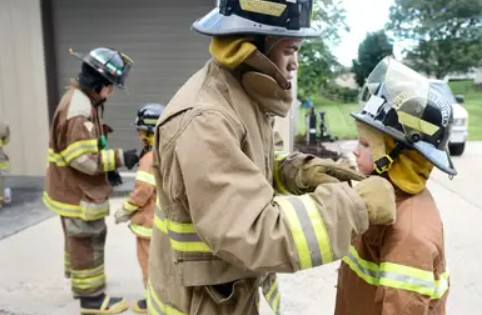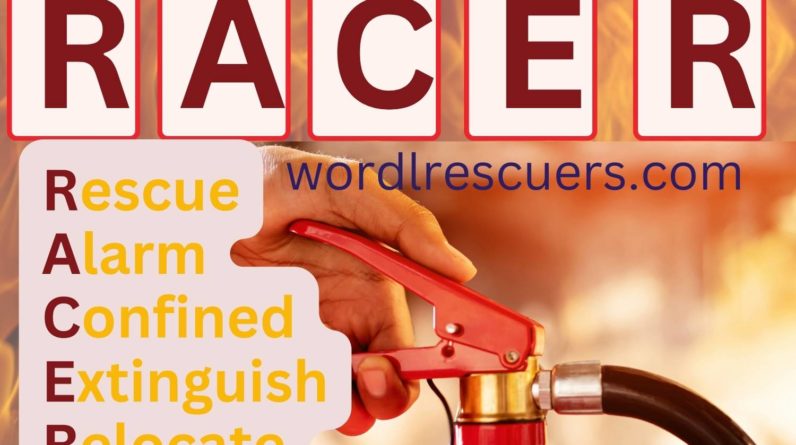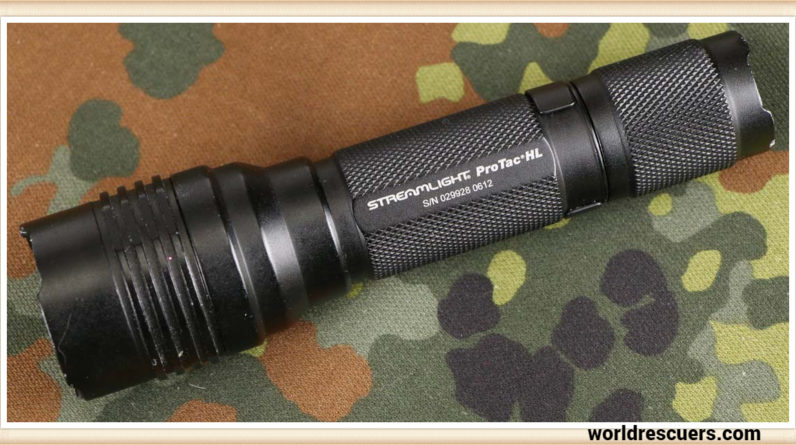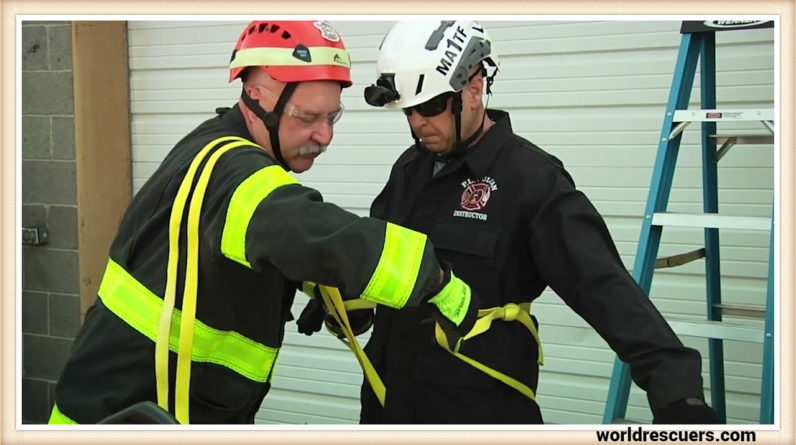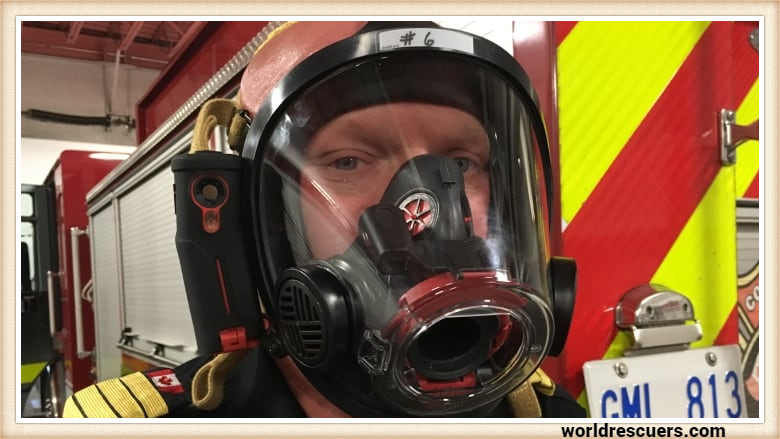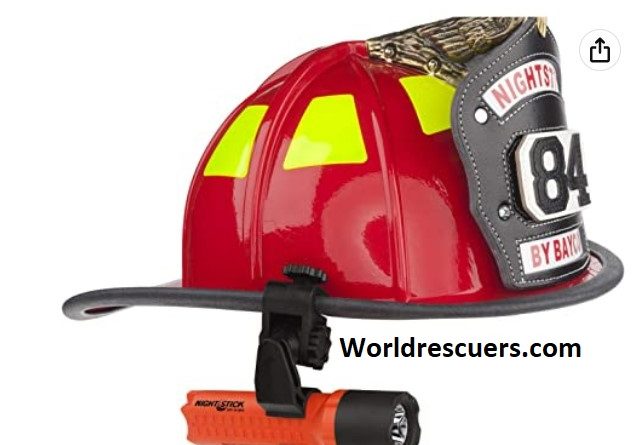
European fire helmet as ultimate head protection
The European fire helmet, also known as the “German-style helmet,” is a type of firefighting helmet used in Europe for many years. This distinctive helmet has become an iconic symbol of firefighting worldwide. It is recognized in the world for its unique design and features even now.
History of the European Fire Helmet
The first European fire helmet was developed in the early 19th century and was made from finally leather material. Other materials like brass and iron were also tried. These early helmets were designed to protect firefighters from the heat and flames of a fire.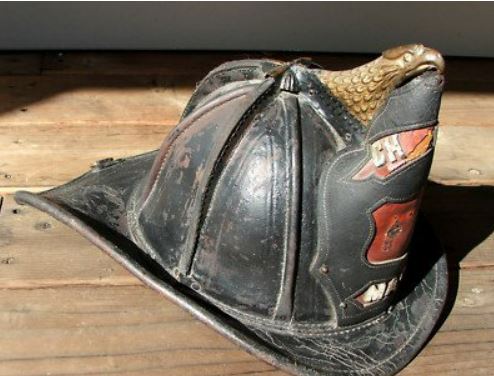
Over time, the design of the European fire helmet evolved with the passage of time. Various countries developed their unique versions of fire helmets. The German-style helmet, the most well-known European fire helmet, was first introduced in Germany in the 1930s and has been ever since.
Design Features of the European Fire Helmet
The European fire helmet is easily recognizable by its distinctive shape, which features a high crown and a wide brim. The helmet protects the firefighter’s head and faces from heat, flames, and falling debris.
One of the key features of the European fire helmet is the front shield or visor. This visor is made from heat-resistant material, such as polycarbonate. The visor is designed to protect the firefighter’s face and eyes from the heat and flames of a fire. This also gave protection from smoke and flying debris as well.

Another important design feature of the European fire helmet is the chin strap. This strap is typically made from a durable material, such as leather. The chin strap keeps the helmet securely on the firefighter’s head during firefighting operations.
In addition to these design features, the European fire helmet often includes several other elements, such as reflective strips for increased visibility, ventilation holes for airflow, and ear flaps for added protection.
Advantages of the European Fire Helmet
One of the main advantages of the European fire helmet is its ability to provide a high level of head protection. The helmet is designed to withstand extreme temperatures and help prevent serious injuries from heat, flames, and falling debris.
In addition to their protective capabilities, these helmets are designed to be comfortable for an extended period. At the same time, this help to keep the firefighter cool and reduce the risk of heat exhaustion, while the chin strap ensures a secure fit.
Overall, this piece of equipment is for firefighters around the world. Its unique design and features make it a symbol of the firefighting profession and a vital tool for keeping firefighters safe on their job.
Why are European fire helmets different?
European fire helmets are different from other firefighting helmets. These helmets meet the needs of European firefighters. These helmets’ unique design and features provide maximum protection and comfort to firefighters during firefighting operations.
One of the main reasons why European fire helmets are different is that they have a wider brim and a higher crown than many other firefighting helmets. This design protects the firefighter’s head and faces from heat, flames, and falling debris.
Another reason why European fire helmets are different is that they often have a front shield or visor made from heat-resistant material, such as polycarbonate. This visor is designed to protect the firefighter’s face and eyes from the heat and flames of a fire, as well as from smoke and flying debris.
European fire helmets also often have ventilation holes and ear flaps, which help to keep the firefighter cool and reduce the risk of heat exhaustion. The chin strap on these helmets is also typically made from a durable material, such as leather, to ensure a secure fit and prevent the helmet from falling off during firefighting operations.
In addition to these features, European fire helmets often include reflective strips for increased visibility, which is especially important in low-light conditions. This feature can help firefighters to be seen by their colleagues and members of the public, reducing the risk of accidents and injuries.
Unique feature
Overall, the unique design and features of European fire helmets have been developed to provide the best possible protection and comfort to firefighters. The comfort a firefighter requires during firefighting. In the world, helmets are an important piece of equipment for firefighters in Europe and around the world. Their design continues to evolve as new technologies and materials become available.
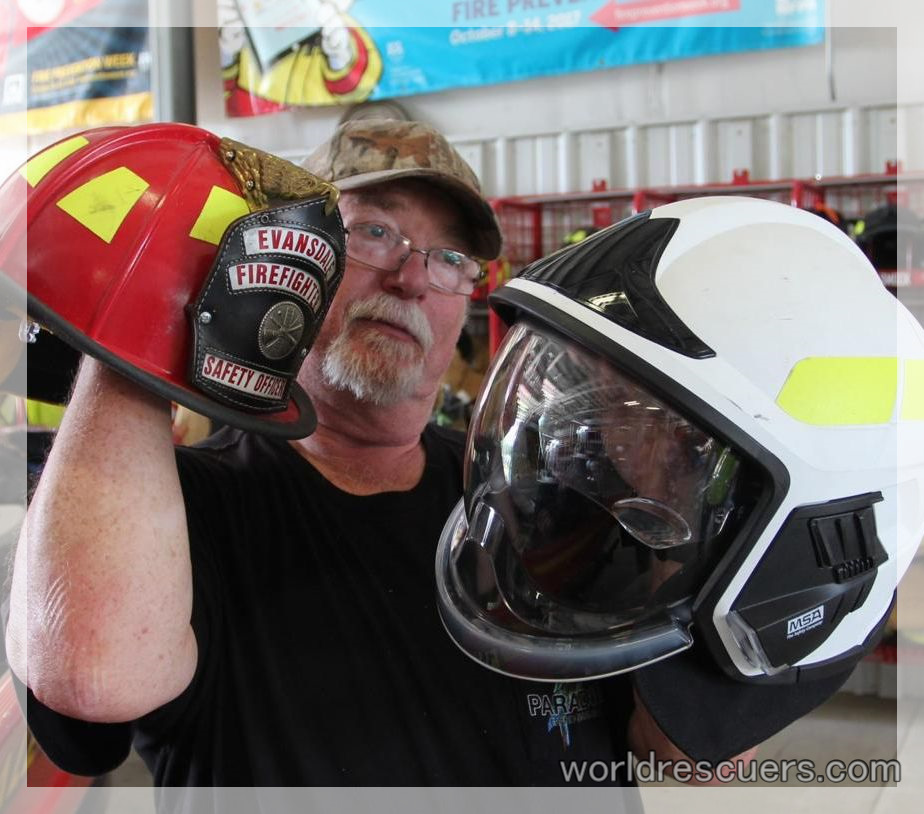
There are several differences between American and European firefighting methods, including differences in their training, tactics, equipment, and regulations.
Training:
In general, American firefighters receive more extensive training than their European counterparts. Within the United States, firefighters typically undergo a rigorous training program that covers a wide range of topics, including firefighting tactics, rescue operations, hazardous materials handling, and emergency medical services. In Europe, firefighting training programs vary from country to country, but they typically focus more on practical skills than theory and classroom instruction.
Tactics:
American firefighting tactics often emphasize aggressive firefighting, which involves entering burning buildings and extinguishing fires from the inside. On the other hand, European firefighting tactics often focus more on defensive firefighting, which involves containing fires from the outside and preventing them from spreading to nearby structures.
Equipment:
American and European firefighters use different types of equipment, including different types of firefighting hoses, nozzles, and tools. American firefighters often use larger hoses and nozzles, which can deliver more water to Onh it more quicklyEuropean firefighters. European firefighters, on the other hand, often use smaller hoses and nozzles. These are more maneuverable and can be used in confined spaces.
Regulations:
Firefighting regulations also differ between the United States and Europe. In the United States, firefighting regulations are typically set at the state or local level, with minimal federal involvement. In Europe, firefighting regulations are often more centralized, with national governments playing a larger role in setting standards and guidelines.
Overall, while there are some differences between American and European firefighting, both focus on protecting lives and preventing fires. Both American and European firms are highly trained professionals who are dedicated to serving their communities and keeping people safe. Top of Form
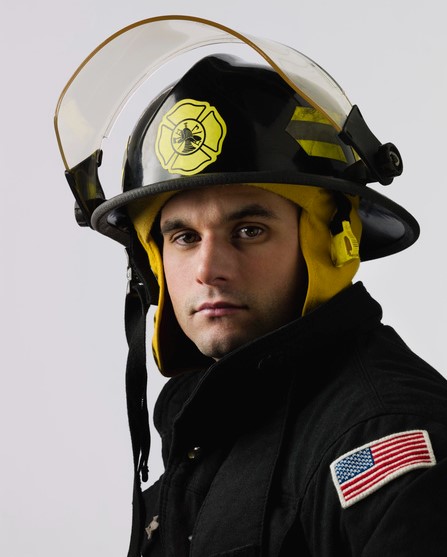
Hi, I am John Smit a Captain in Fire Department City of Newyork with over years of experience in the field of Firefighting and HSE. My passion for fire safety started when I was a young boy and witnessed a neighbor’s house go up in flames along with precious lives. Since then, I had dedicated my life to ensuring the safety of buildings, properties, and individuals in case of a fire and medical emergencies.

